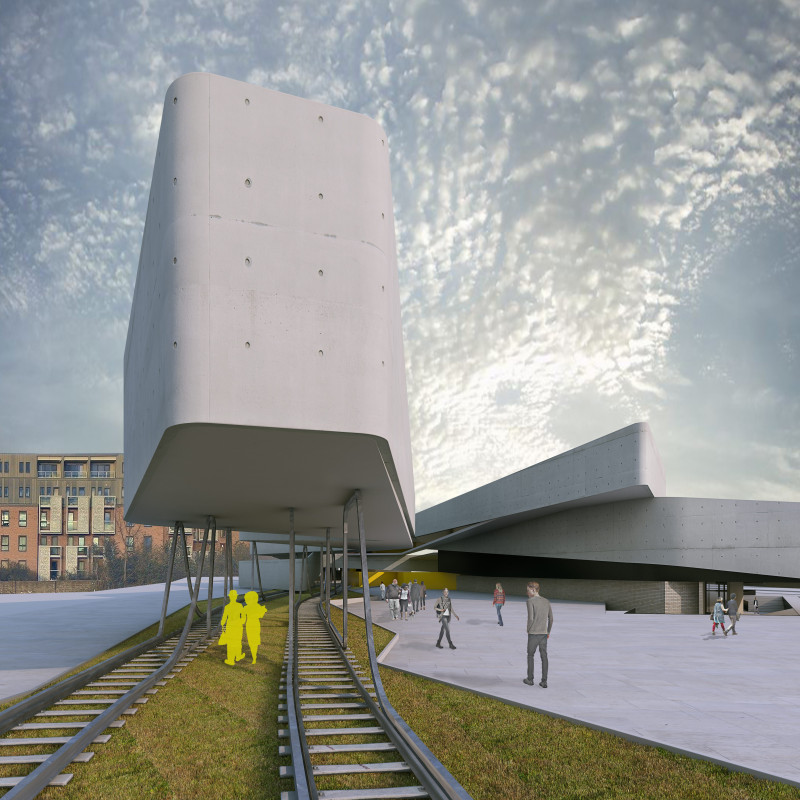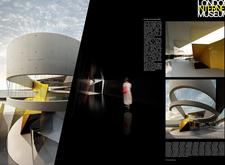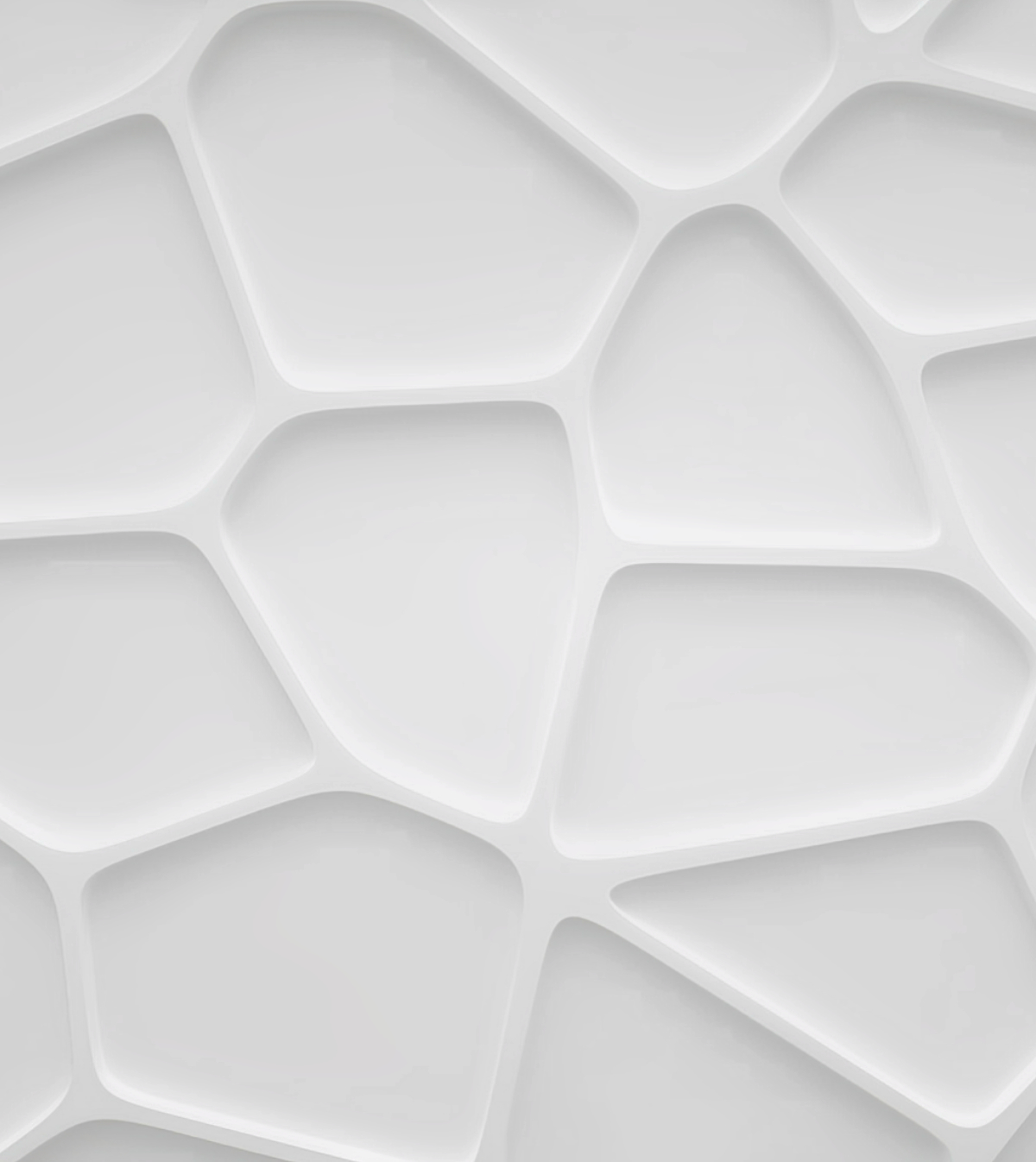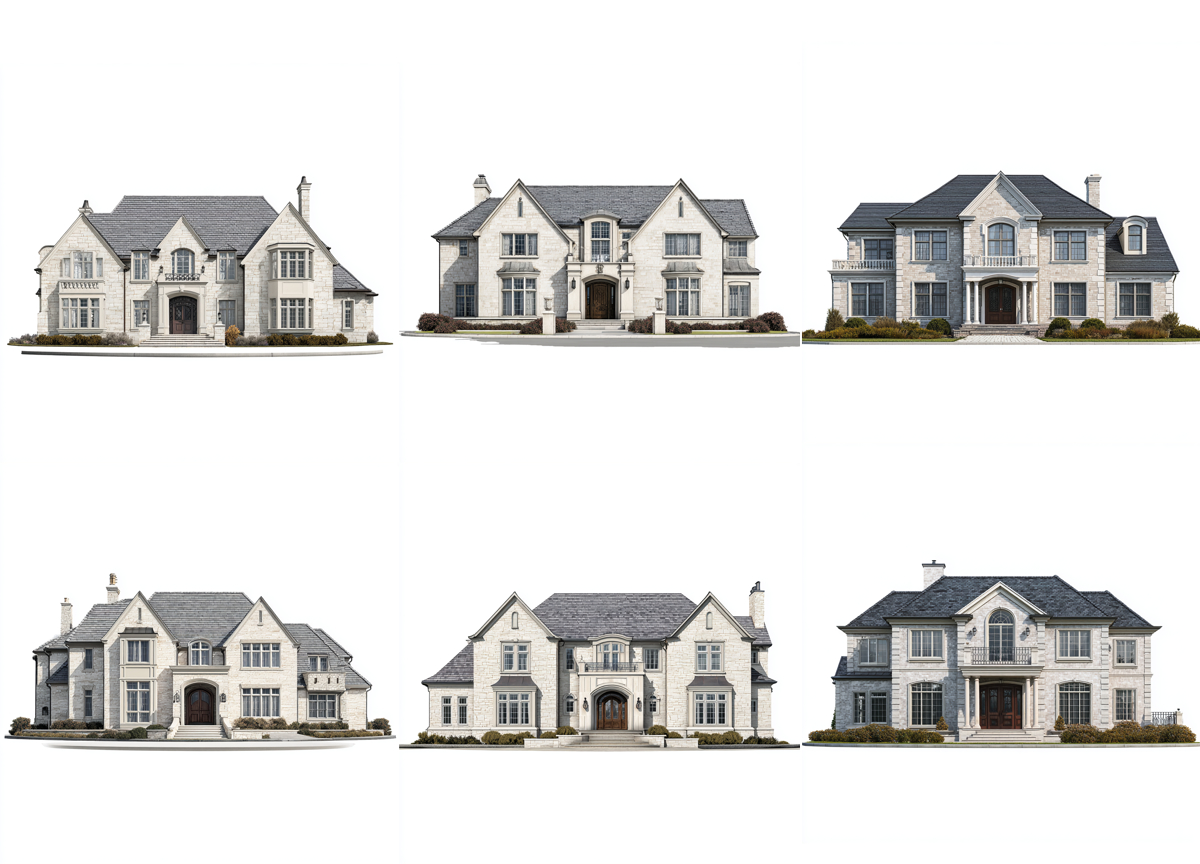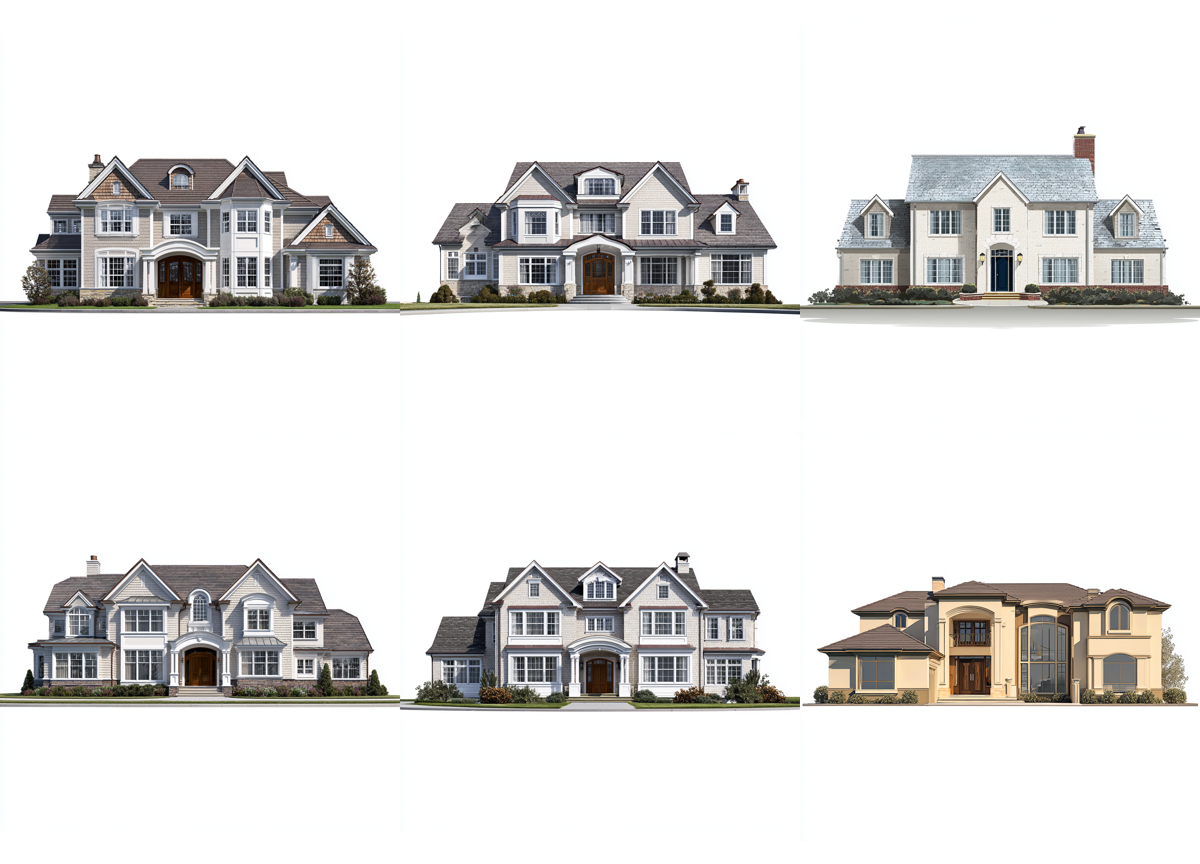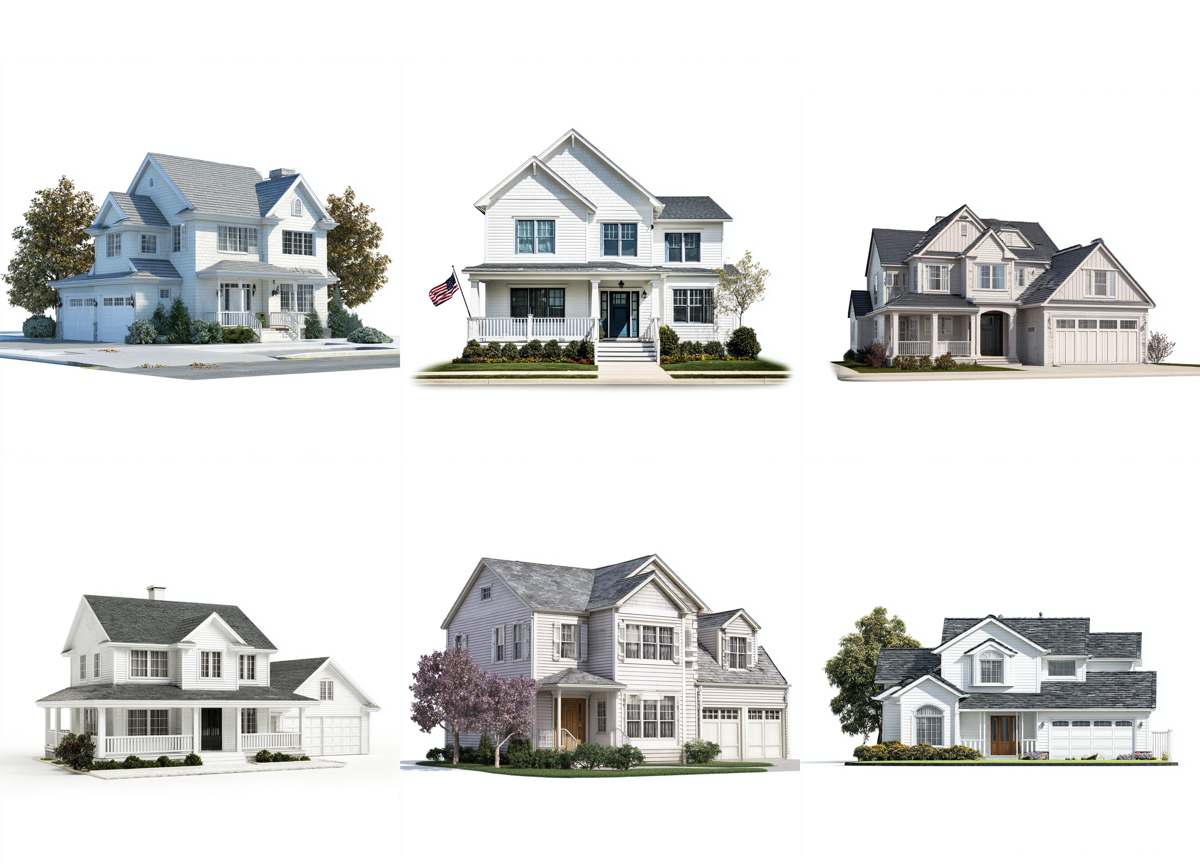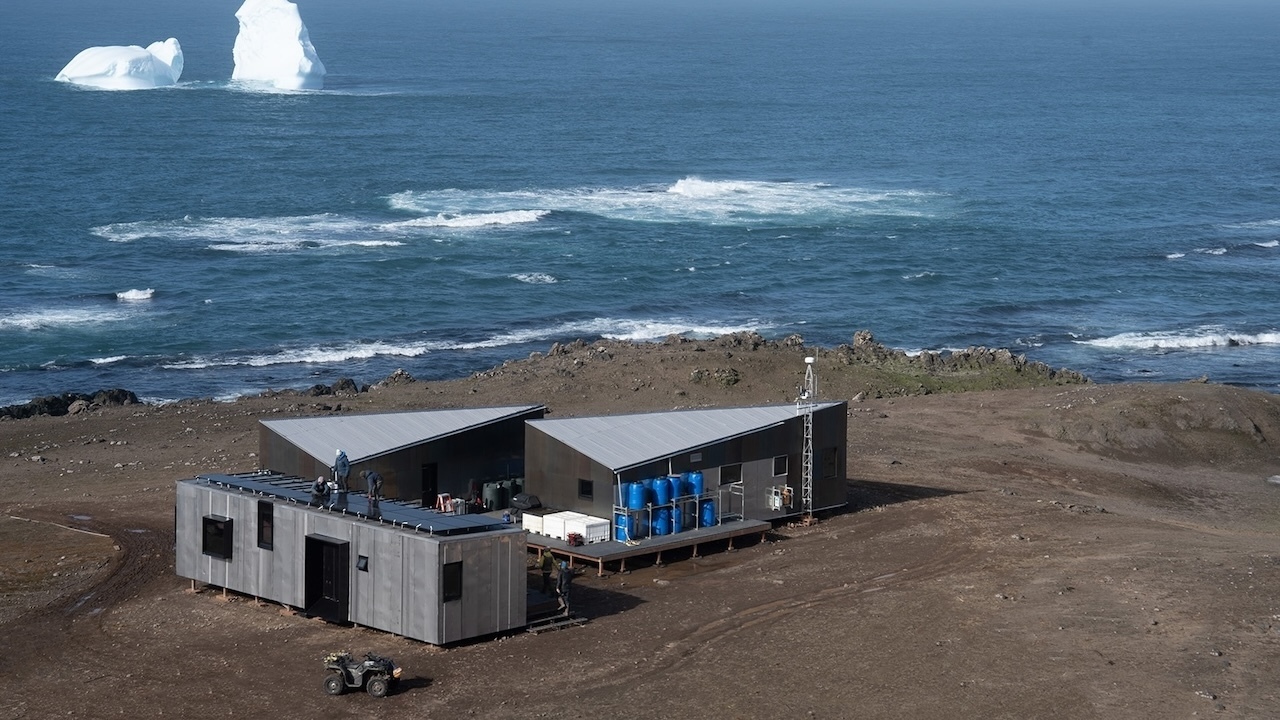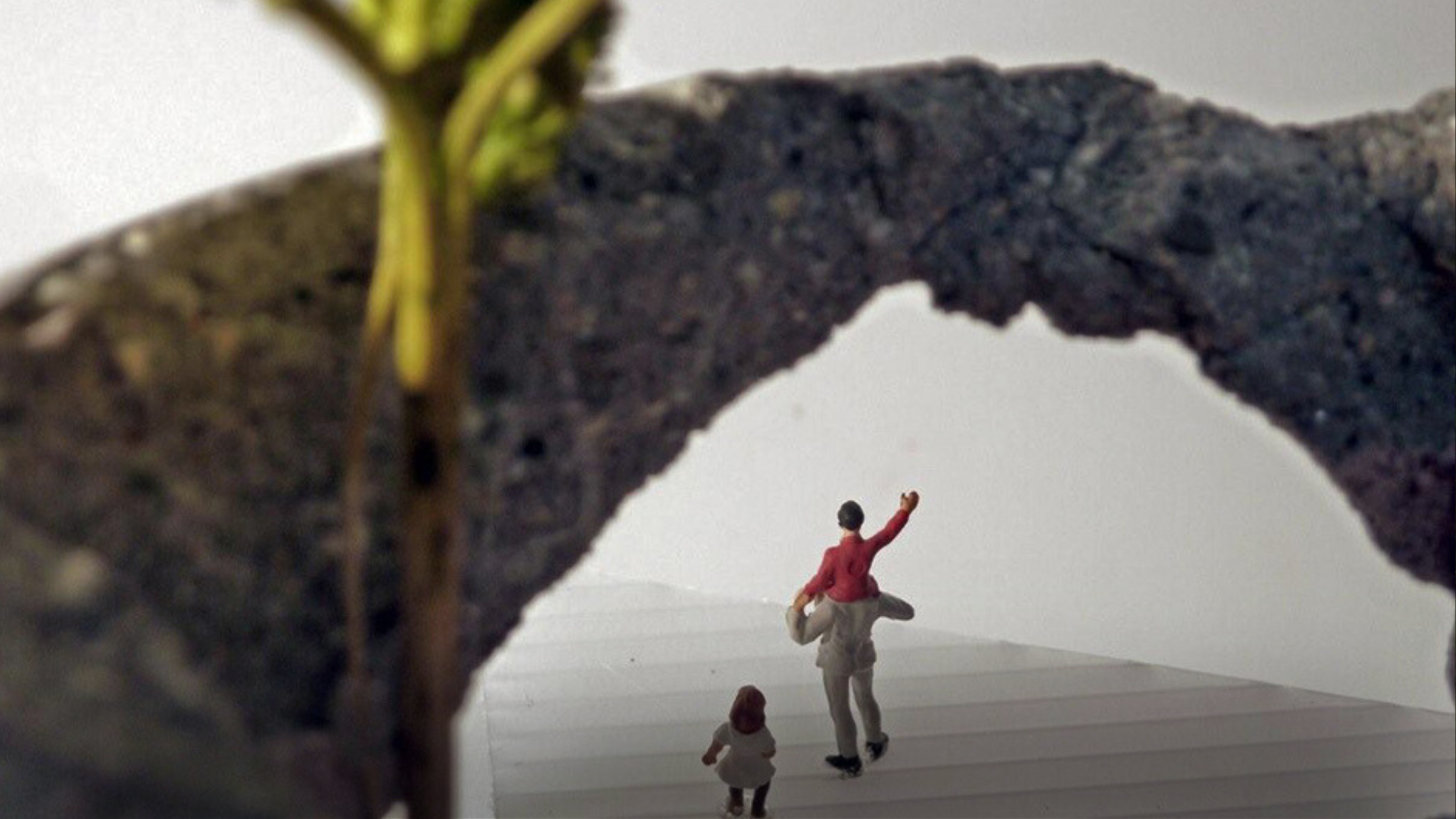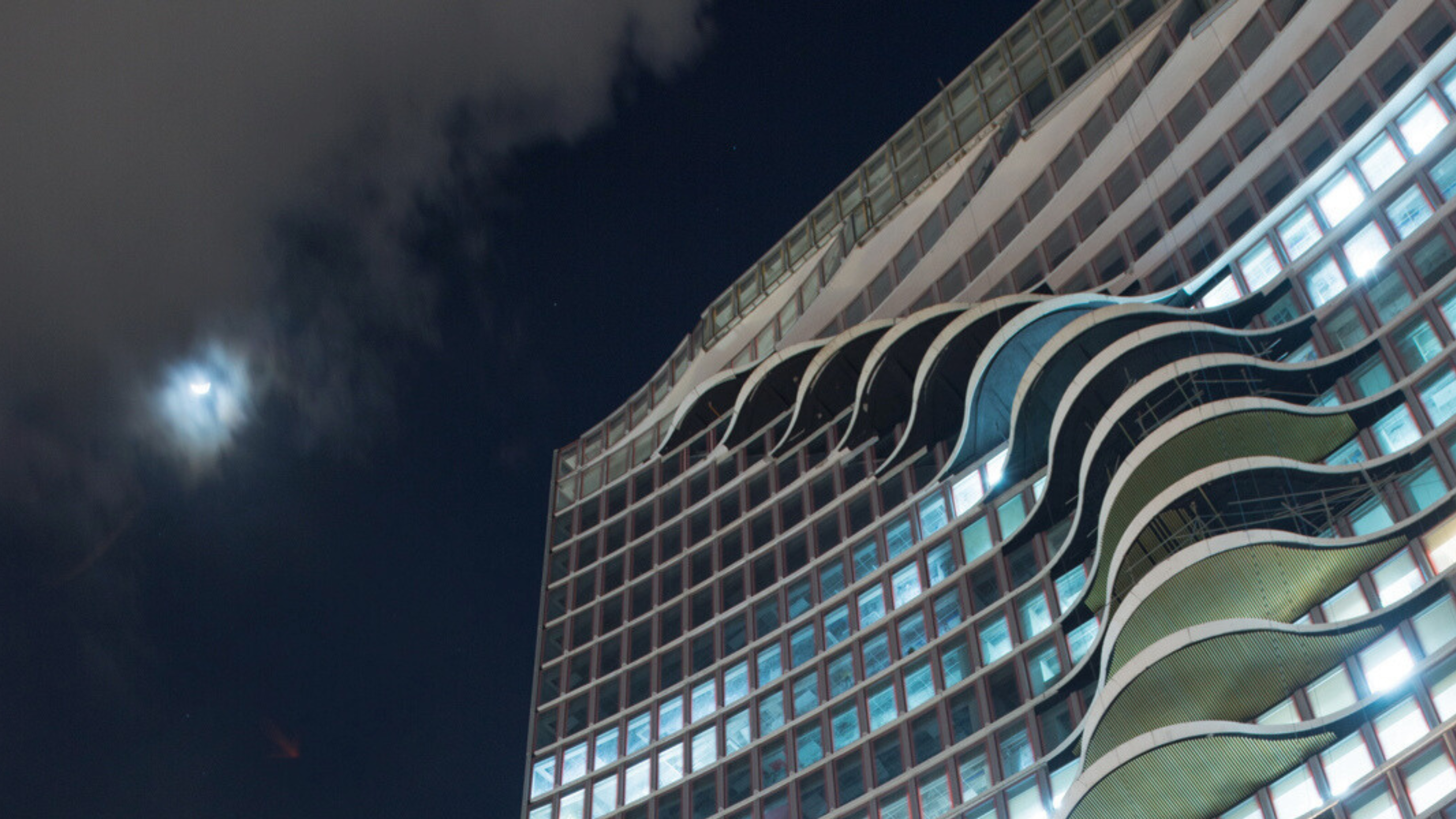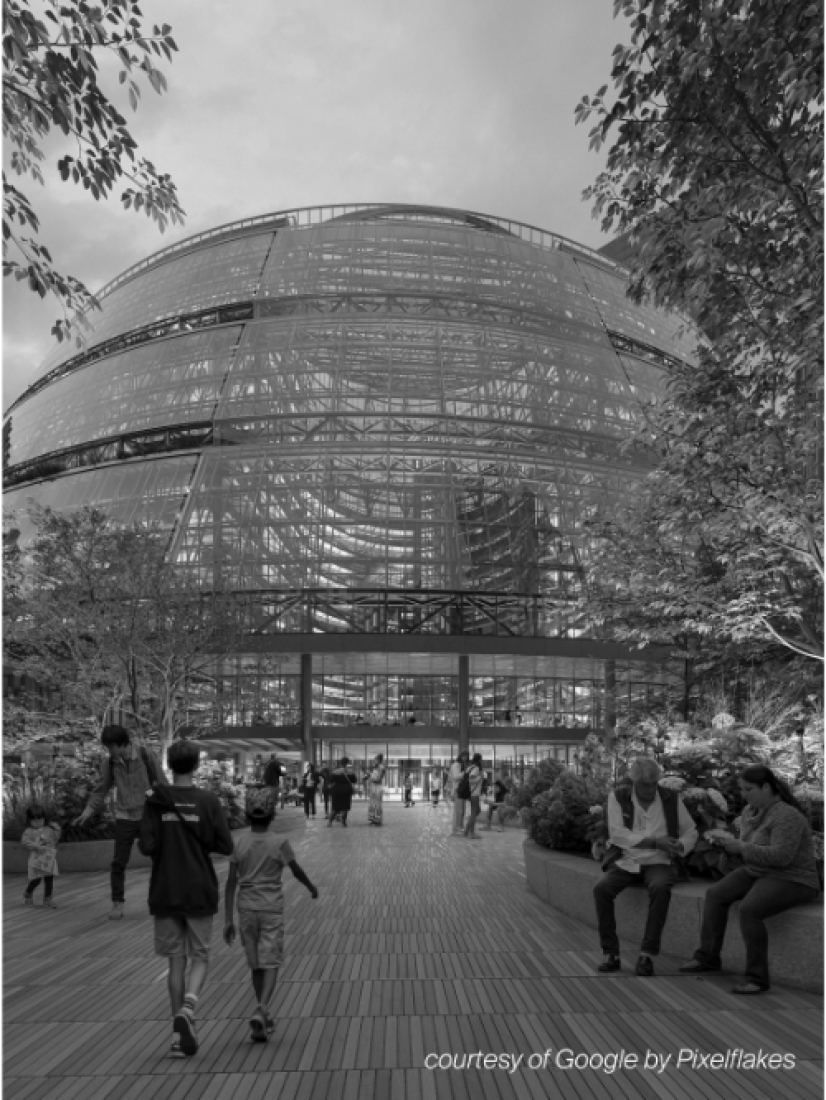5 key facts about this project
## Project Overview
Located in London, the London Internet Museum is dedicated to the exploration and preservation of internet culture and history. The design seeks to integrate modern architecture with a narrative that reflects the complexities of the digital age, moving beyond conventional definitions of museum spaces. The architectural framework serves both as a physical structure and a conceptual space, fostering an environment that encourages dialogue surrounding the impact of the internet on contemporary society.
### Spatial Programming
The museum's layout accommodates diverse functions, including flexible exhibition halls tailored to various displays, from interactive experiences to traditional showcases. Classrooms and workshops are integrated into the design to facilitate educational initiatives focused on internet history and technology, reinforcing the institution's role as a center for learning. Public areas are strategically placed to foster community engagement and encourage social interactions among visitors, enhancing the overall user experience within the space.
### Material Selection and Sustainability
The chosen materials reflect both functional and aesthetic considerations. Reinforced concrete provides structural integrity while allowing for the creation of complex forms, while extensive glass elements enhance transparency, connecting the interior and exterior environments. Steel is utilized to support the building effectively, adding a sense of lightness. Brick references the historical context of the area, linking the new structure to the legacy of former railway buildings, and aluminum cladding complements the overall modern design.
Sustainability is deeply embedded in the project, incorporating energy-efficient technologies such as LED lighting to minimize the carbon footprint. Passive solar strategies are employed to optimize natural light usage, thereby reducing reliance on artificial lighting and promoting an environmentally responsible design philosophy. Overall, these material choices and sustainable practices contribute to an engaging architectural experience that aligns with the thematic focus of the museum.


